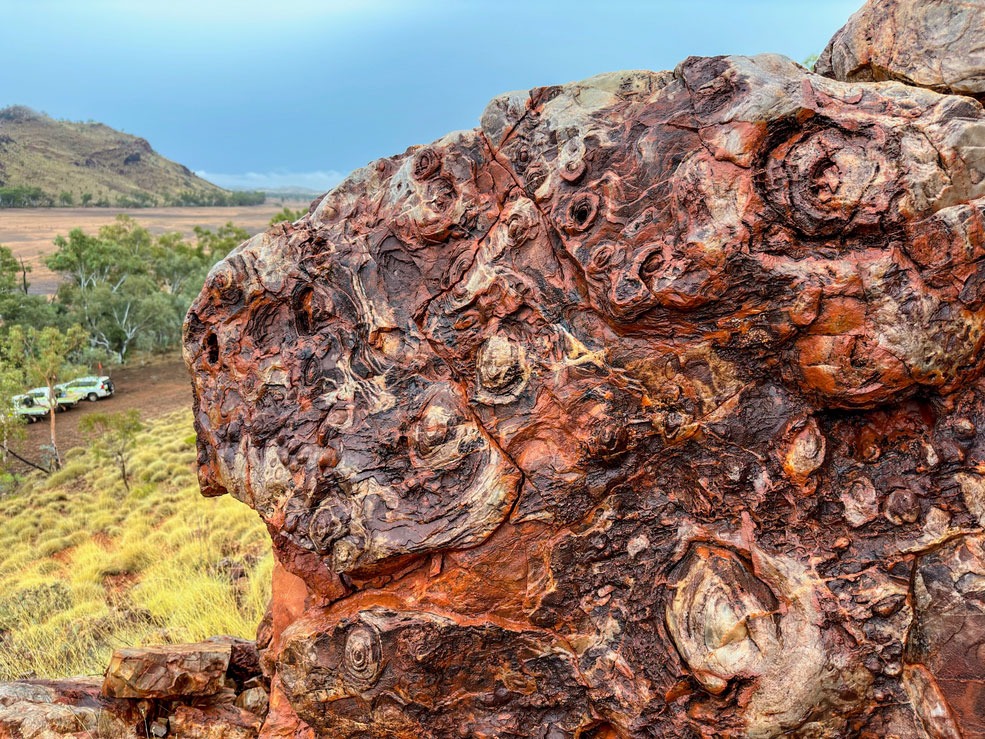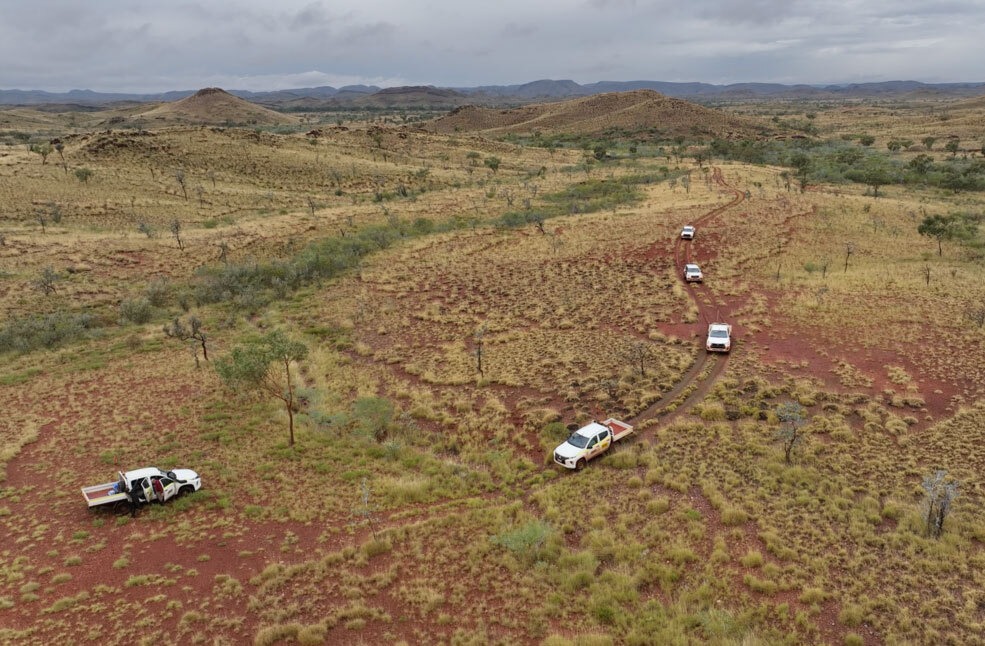In June 2023, NASA’s Mars Exploration Program joined forces with colleagues from the Australian Space Agency, the European Space Agency (ESA), and the Commonwealth Scientific and Industrial Research Organisation (CSIRO) in a collaborative expedition. This mission aimed to study the ancient traces of possible life on Earth.
“This scientific mission presented an excellent opportunity for NASA to collaborate with international partners in exploring Earth’s ancient history, which may be linked to Mars. The more we learn about the evolution of our planet, the more we can use this knowledge to understand the Red Planet,” noted Eric Janson, director of NASA’s Mars Exploration Program.
The Perfect Mars Analogue
The Pilbara region in Western Australia is considered one of the best-preserved archaeological treasure troves of Earth’s ancient history. While the international community continues to jointly explore Mars and prepare samples for return to Earth, these teams were examining how Pilbara’s data could aid in the search for life on other planets.

“We are researching stromatolites in Western Australia. These are remnants of ancient microorganisms that existed about 3.5 billion years ago. Their traces have persisted in stone to this day,” explained Mitch Schulte, a scientist on NASA’s Perseverance rover program at NASA Headquarters.
A Test Through Time
Pilbara is an ideal place to study stromatolites that have withstood the test of time. Due to constant geological transformations altering Earth’s surface, such fossils are nearly impossible to find and preserve for extended periods. However, in the Pilbara region, rocks have been relatively well-preserved over billions of years, creating conditions similar to those observed on the surface of Mars. This makes the Australian region critically important for scientists and engineers developing methods to detect signs of life in ancient environments.

The group analyzed how ancient environments where traces of past life were found could have been either conducive or unfavorable for life’s emergence. An international delegation spent a week in Pilbara studying the challenges of identifying fossils and how to overcome them. The primary focus was on the difficulties of confirming the biological origin of samples in ancient rocks, even on Earth, where life is known to exist.
Are We Alone in the Universe?
The Perseverance rover has been conducting research in the Jezero Crater since February 18, 2021, where an ancient river delta is located. It collects samples of rock and regolith that could contain traces of ancient microbial life, dating back roughly 3-3.5 billion years, similar to the Pilbara fossils. Practical exercises during this expedition allowed for simulating what the rover does millions of kilometers away: identifying samples in field conditions and studying their surroundings. This information will be valuable for the subsequent stages of collecting Martian material by an automated scout for return to Earth.
The astrobiological mission to Pilbara lays the foundation for further research and collaboration. NASA’s Perseverance rover, ESA’s ExoMars program, and the joint missions of both agencies to retrieve samples from Mars will cooperate, directing efforts towards answering one of humanity’s age-old questions: “Are we alone in the universe?”
Previously, we reported on how life on Mars could have destroyed the planet.
Based on materials from NASA
